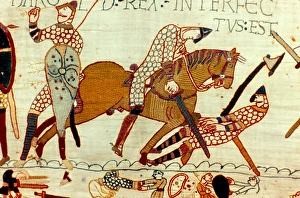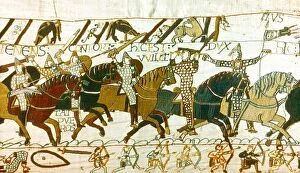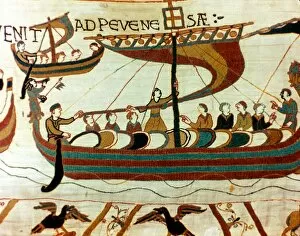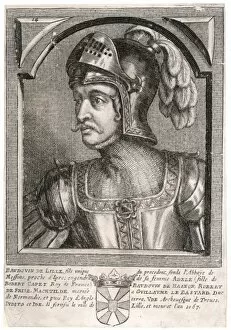1067 Collection
"1067: A Tapestry of Conquest and Tragedy" Step back in time to the year 1067, where history was woven into a magnificent tapestry
All Professionally Made to Order for Quick Shipping
"1067: A Tapestry of Conquest and Tragedy" Step back in time to the year 1067, where history was woven into a magnificent tapestry. The Bayeux Tapestry tells tales of triumph and sorrow, capturing pivotal moments like the Battle of Hastings on that fateful day, October 14th, 1066. It depicts the demise of Harold II, whose life was cut short in this epic clash. But not all scenes are filled with despair. In another panel from 1067, we witness Harold II being crowned King of England on January 6th, just before his untimely end. The tapestry also showcases William I, known as William the Conqueror, leading his forces at the Battle of Hastings. As we delve deeper into history's annals for more connections to "1067, " we stumble upon aircrafts bearing this number. The Kawasaki T-4 and Lockheed F-104S ASA Starfighter MM6767 -37-05 take us soaring through time and space. Intriguingly enough, Henry I came into this world in 1067 only to be crowned king four decades later in 1100. His reign lasted until his death in 1135—a testament to longevity amidst turbulent times. Meanwhile, King William I granted a charter to the City of London—an act that forever shaped its destiny—adding yet another layer to our exploration of "1067. " The enigmatic Bohmer Franz presents us with mysteries surrounding Poznan Castle and an official apartment belonging to Reich Foreign Minister Joachim von Ribbentrop in Berlin-Mitte during World War II. What secrets lie hidden within these walls? Material/technology N. N remains undisclosed. And then there is "The Opera. " Though it may seem unrelated at first glance, it serves as a reminder that art transcends time; its melodies echoing through centuries much like our journey through the year 1067.


















